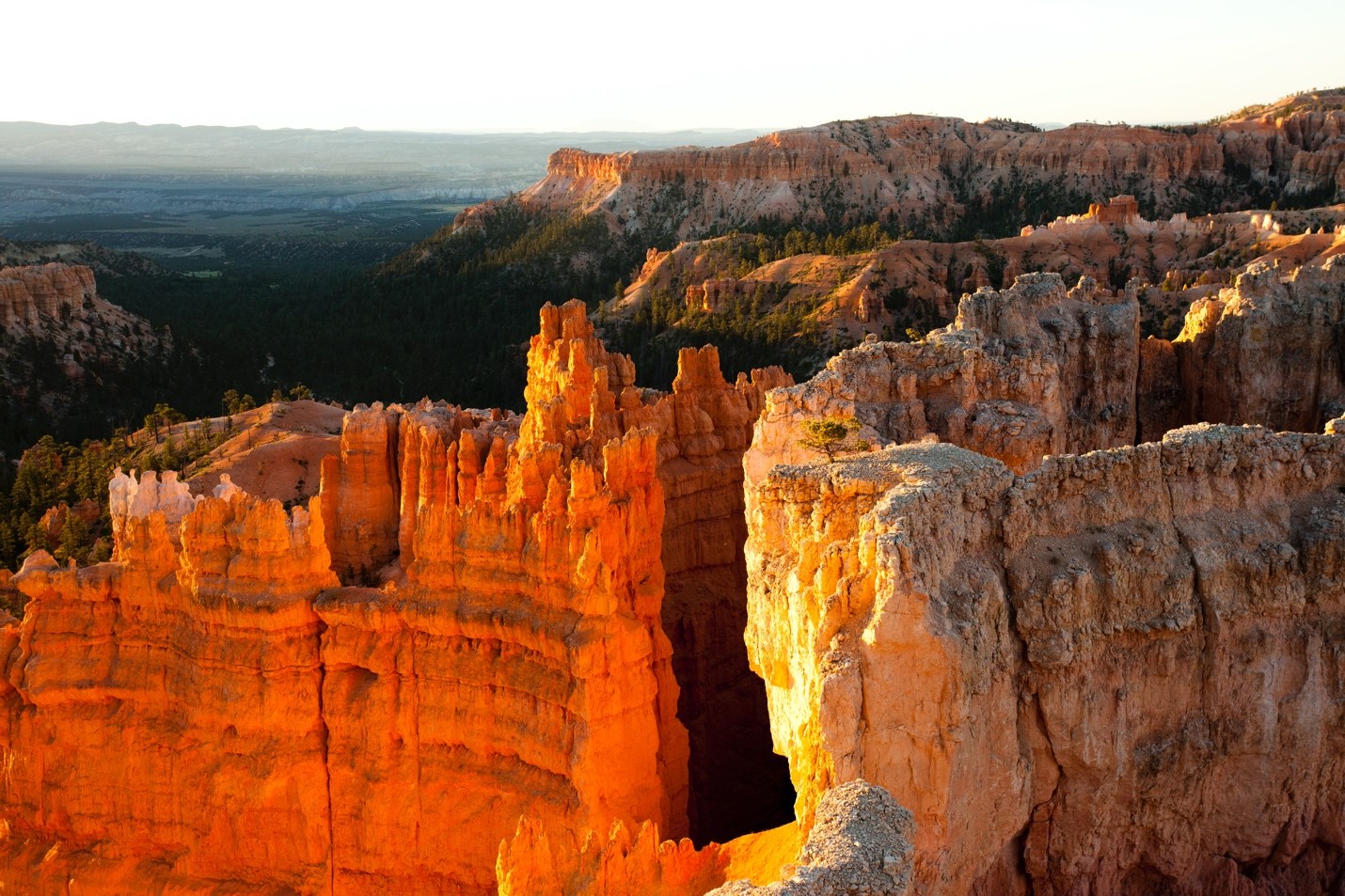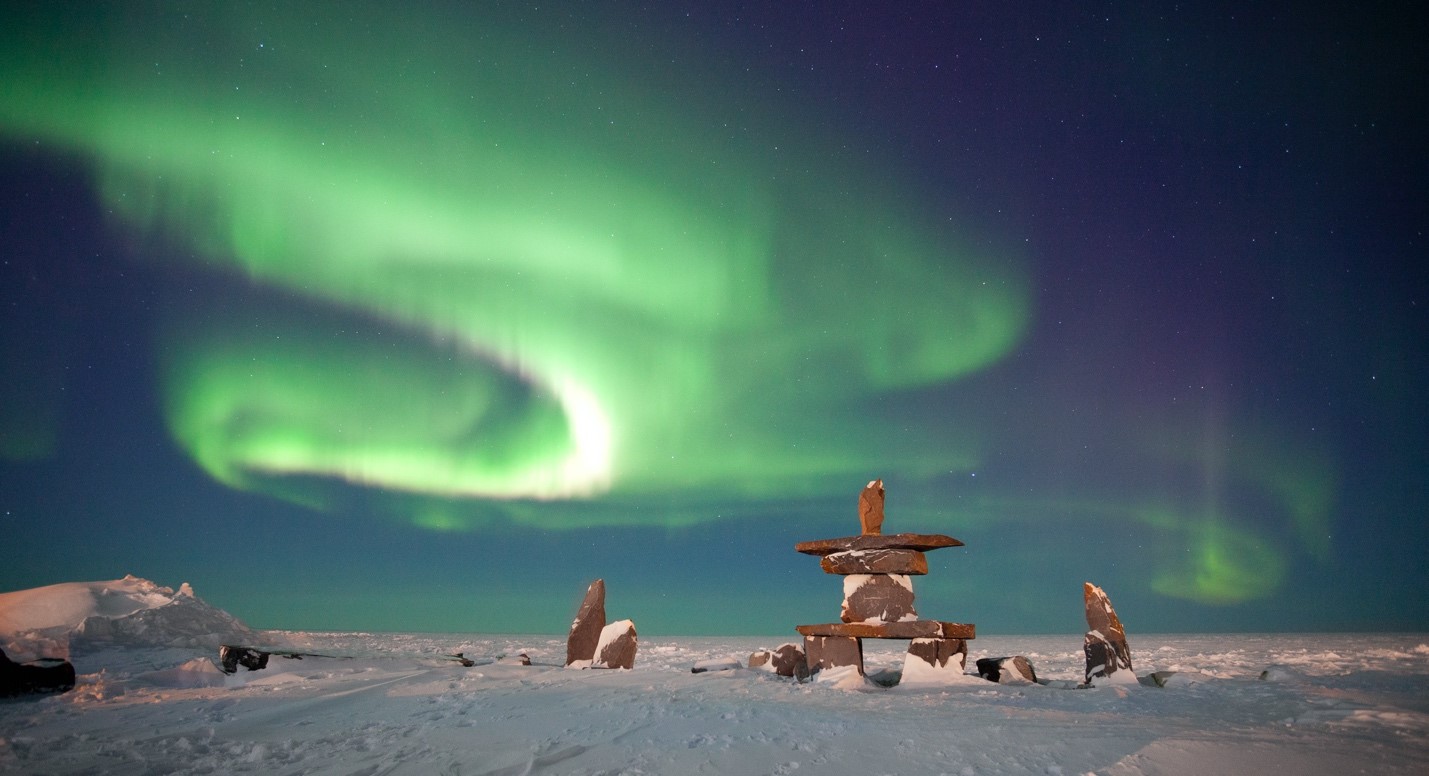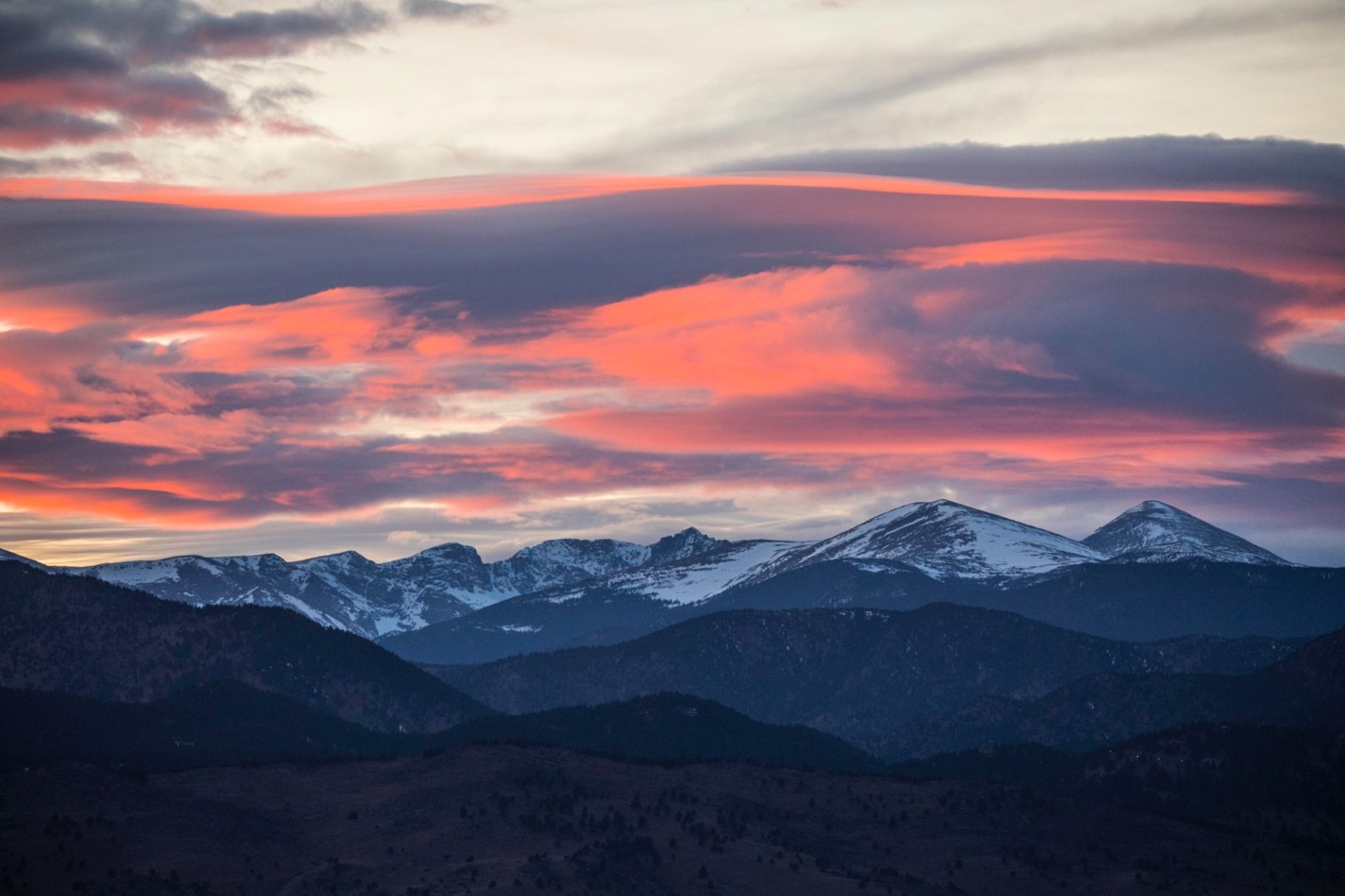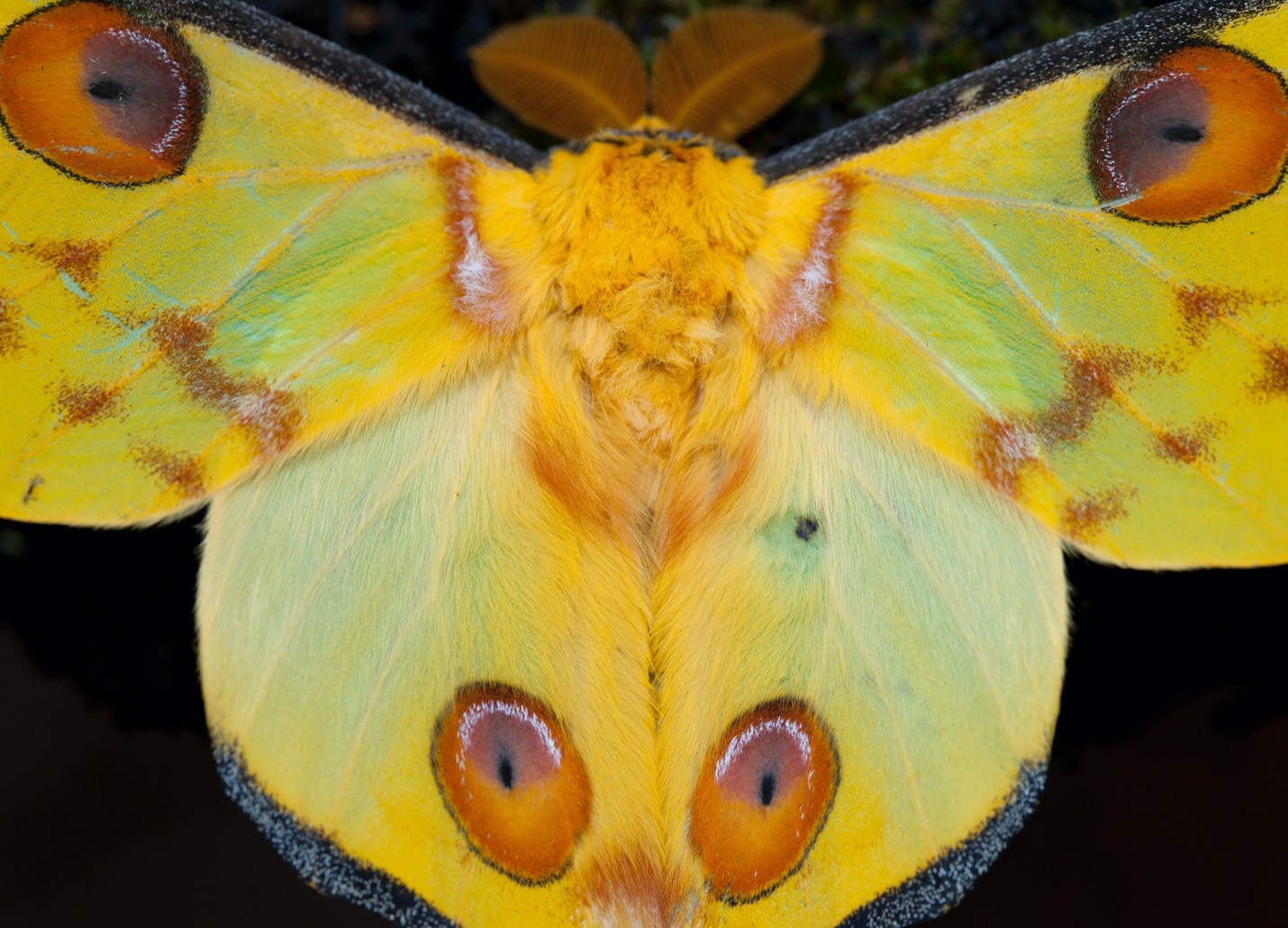
3 Ways to Make your Photos POP!
The best photos virtually POP off the page, no matter whether that’s a printed page or web page. There is something truly special about them and we, as viewers, know it instantly. If you are in need of some pizzazz in your photos, I have three tips that can be a game changer for you in making your photos pop.
Sharpness & Depth
One of the first things people notice about your photography will be sharpness and focus-related issues. Photos that are tack sharp almost immediately jump out of the page. However, you’ll notice that it’s not just about the sharpness, it’s about the depth you show in comparison to the sharpness, too. This is critical, so I’ll say it again. Just having a sharp photo is not enough…it’s really about the relationship between the sharp areas and out of focus areas.

One of the reasons shallow depths of field are so coveted (as are the lenses that enable it) is because it makes the sharp-focused areas look REALLY sharp in comparison.
Take the above gorilla photo. Like all wildlife photos, I’m focusing on the eyes, as that’s that part of the animal the viewer will connect with. And while it would be just fine to have a very wide depth of field, such that all of the gorilla’s face and the fur behind it is in focus, I chose to have a bit of a shallow depth of field to make the sharp part (its eyes) EVEN SHARPER by comparison.
So the lesson here is that if you really want to make something pop out of the page, you need to nail the focus, but also nail the out of focus.

One more example below just to really hit the point…the blurred background does wonders for making the part in focus look EXTRA focused.

Contrast and Texture
Contrast is basically a way of saying you have light light spots and dark dark spots in your photo. When you adjust the contrast slider in photoshop or lightroom, you are darkening the darks and lightening the lights to make for a more exaggerated contrast.
A high contrast photo is another way to make a photo pop, particularly because of what it does to the textures in your photo. High contrast can give a photo a near-3D look to it.
Below is an example of a high contrast photo, where the light really makes the rock textures pop, right!?

The great thing about contrast is that you actually have a fair bit of ability to increase contrast in post-processing without degrading the image. While the best lenses and camera sensors will boast extraordinary contrast as a virtue, you don’t have to pay thousands of dollars to get good contrast in your shots.
Simply toy with your contrast slider in your photo editing program of choice and watch the differences appear before your eyes!

Color & Saturation
Nothing against black and white photography, as a great B&W photo can jump off the page just like any other, but there is something extraordinary when you inject some raucous color into your shots that make them really pop.

There’s a reason we all chase color in unlikely places, like the sensational northern lights of the arctic or brilliant fall sunset in the Rocky Mountains.

But it’s not just landscape photos where color can make a photo pop beyond normal measures. This is where I love getting into macro photography, as it’s often the smaller critters of our world that yield the most amazing colors, like this Comet Moth of Madagascar.

Putting it All Together
When it comes to maximizing pop, you really must employ all three of the above tactics if you’re going to notice a discernible difference. Don’t just look for the colorful, or stop when you find something with dramatic texture and contrast.
To really up your game, start thinking about all of this together…
Look for those scenes with striking color, and then prioritize the angles or the compositions where you can really showcase the texture, which will get only more pronounced as you edit more contrast into the shot. Then as you’re taking photos, toy around with your depth of field settings (your f/number and aperture) and experiment. Depending on how close you are to the subject, and how close the subject is to its background, you will get wildly different shots at the exact same aperture.

Color, contrast, and sharpness is when it all comes together.
All the best,

Court
Leave a reply